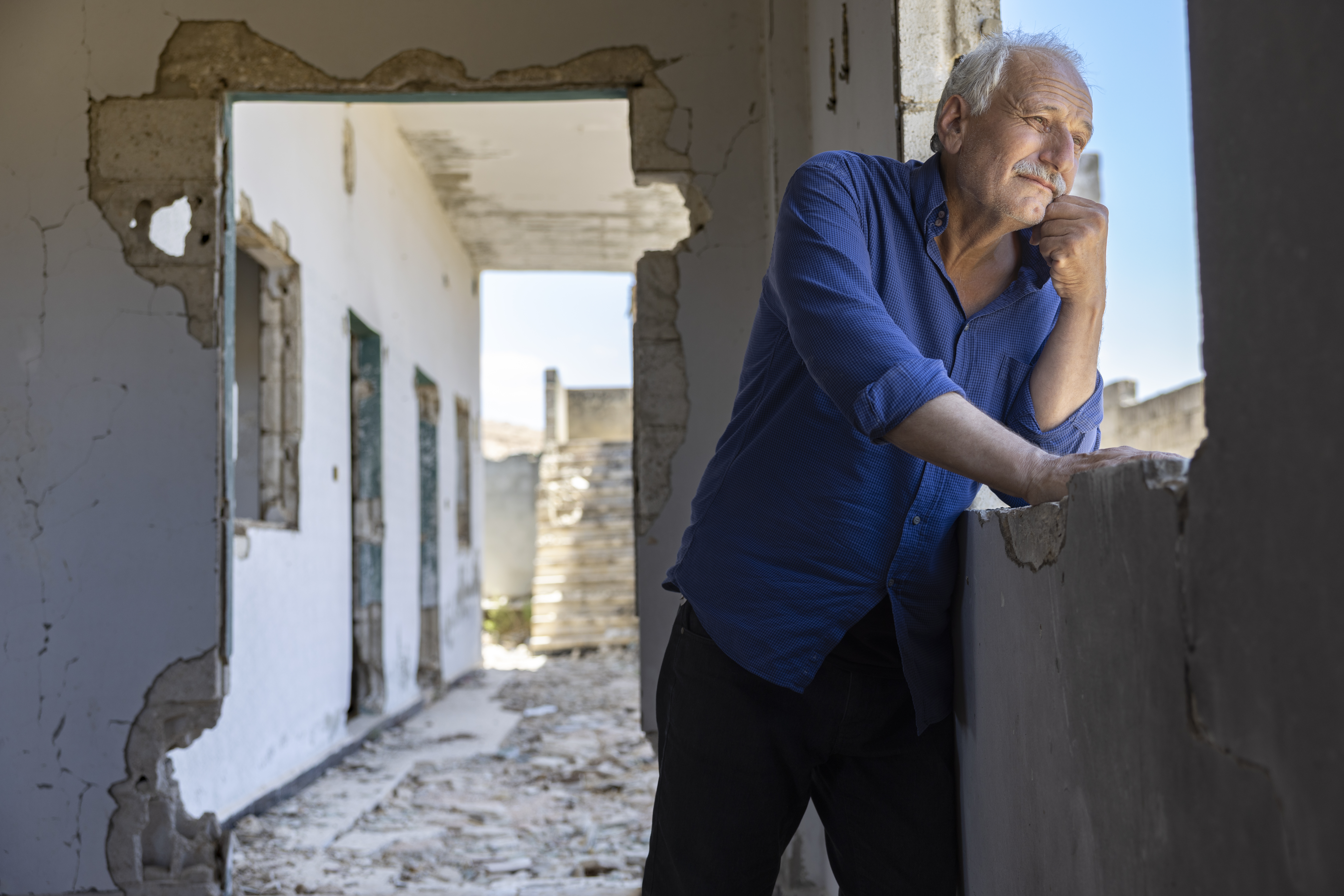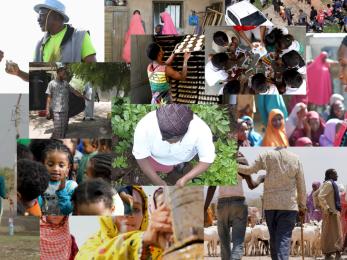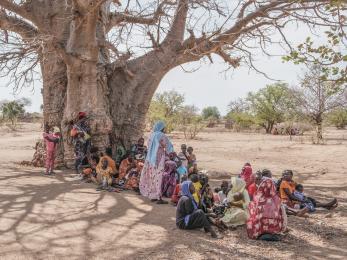Carmen's story: Recovering from disaster by rebuilding the past
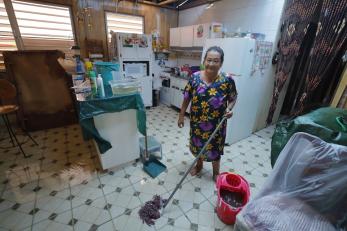
With careful steps, Carmen shuffles slowly across the cracked, linoleum floor of her home, the tin paneling of her roof exposed by empty wooden ceiling rafters above her. There is a new window in the back room, she explains, steadying herself against the blank walls of her hallway, but many of the walls still need new plaster and paint.
When she reaches her bedroom, a small, hollow space with plywood walls, she points proudly to a family photo. “My father bought this house,” she says with a smile. “I’ve lived here … since I was four.”
With her parents deceased, Carmen, 72, now lives alone in the home, the cardinal place that has rooted her to her family and community for nearly her entire life. And with health issues that keep her from going far, it’s much of her world now.
So when Hurricane Maria tore through her neighborhood in San Juan, Puerto Rico last year, the destruction was especially devastating.
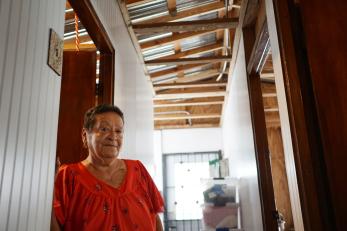
“It was horrible,” Carmen recalls quietly. When we met Carmen the first time, her roof was blown away entirely. All the walls were damaged. The floor was flooded and much of her furniture and belongings were destroyed by rainfall spilling through the ceiling.
“It has been very difficult to see the house like this,” she says. The memory of that day is still painful for her. “As many years as I have [lived here], I have never seen my house like this.”
The storm was the worst to hit the island in more than 80 years, impacting each of its 3.4 million residents and causing as much as $94 billion in damages. People like Carmen, who are poor and live with health problems, were hit hardest as food, medications, clean water and electricity became immediately unavailable.

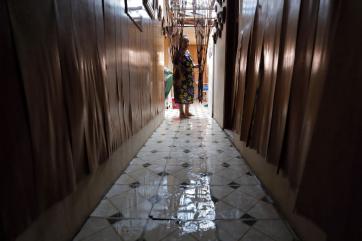
“It has been very difficult to see the house like this,” she says. The memory of that day is still painful for her. “As many years as I have [lived here], I have never seen my house like this.”
The storm was the worst to hit the island in more than 80 years, impacting each of its 3.4 million residents and causing as much as $94 billion in damages. People like Carmen, who are poor and live with health problems, were hit hardest as food, medications, clean water and electricity became immediately unavailable.
A year later, the effects of the disaster are still palpable, evident in stalled livelihoods, fledgling crops and half-constructed shelters like Carmen’s. Nearly half the island’s population lived in poverty before the storm, and full recovery is still years away. But progress isn’t absent.
Carmen’s extended family, many of whom live in mainland United States, has rallied around her, helping her source supplies unavailable on the island. And with emergency cash from Mercy Corps, she was able to purchase her most urgent priorities in the weeks after the storm, including food and materials to build a new — and more secure — roof.
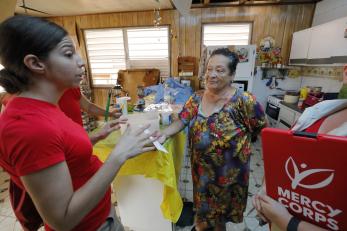
“It’s been life-changing [to have a roof again],” Carmen says. “As long as I have the roof, the other things can be done little by little.”
After six months without electricity, Carmen’s power was finally restored. And with continued support from her family and community, she’s been collecting what she needs to make her next repairs.
The pile of construction materials in her living room — wood beams, tools, measuring tape — mostly came from her niece in the U.S., Carmen explains. Building supplies are expensive to import, but they’re hard to find otherwise, and she needs these items to fix her ceiling, flooring and walls.
When she can, she’ll replace her essential furniture. And with the onset of yet another hurricane season, she’s stockpiling batteries, flashlights, candles and matches, in case of another storm.

“[Life] is never going to be the same,” Carmen says, “but I am an optimistic person, even with everything that I went through.”
She’s preparing to purchase new bedroom furniture to replace what was ruined by Hurricane Maria, and she’s hired a neighbor to repaint the house light green and beige — the same colors it’s always been.
She knows she faces a long road to recovery, even as the island could be hit by another storm at any time. But these are challenges she’s determined to confront head-on, in the home that has protected her for so long.
Back in her bedroom, Carmen can hear the music of her wind chimes gently sounding from the front porch. The breeze has picked up. She looks again at the family photo hanging on her wall, the lone decoration in a space once ravaged by storm. They’ve all passed away now, she says, pointing to her father, mother and brother. “This is the only thing they left.”
